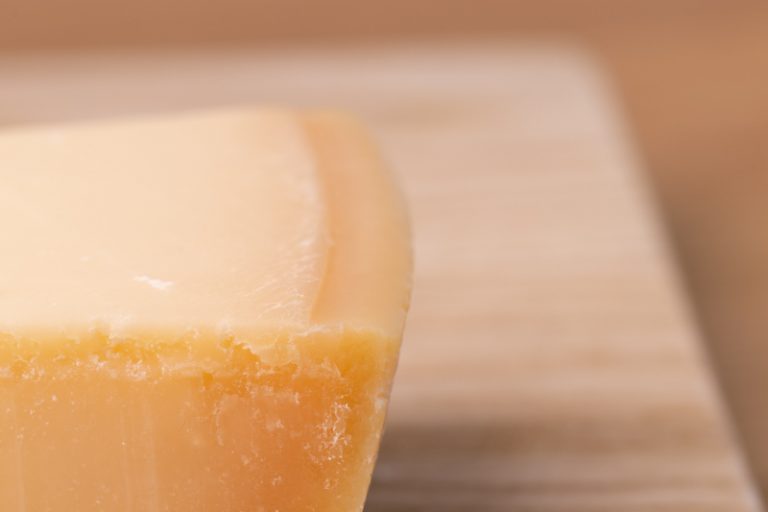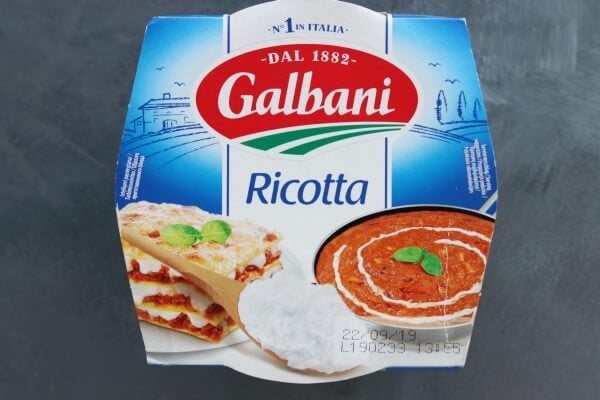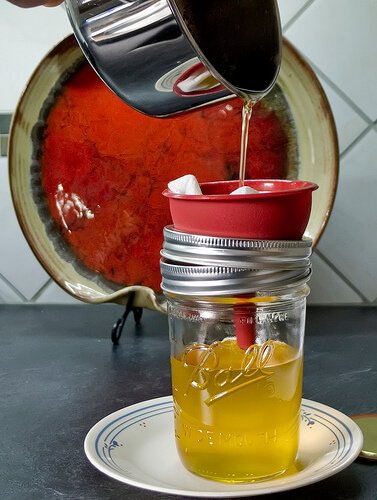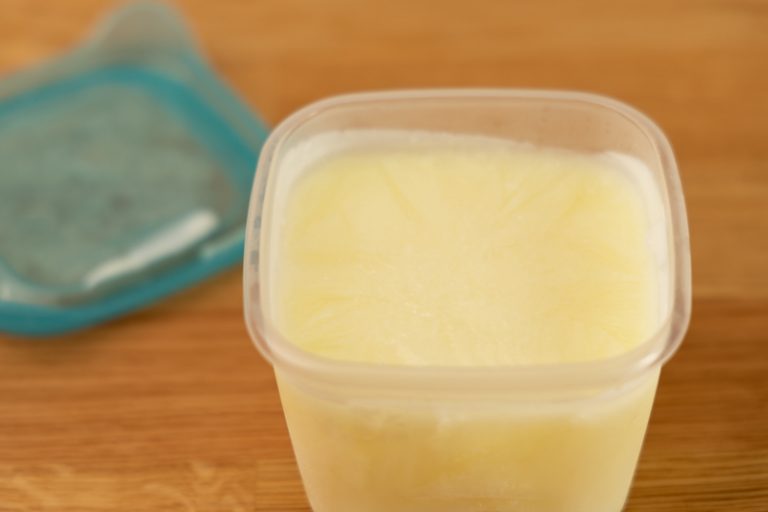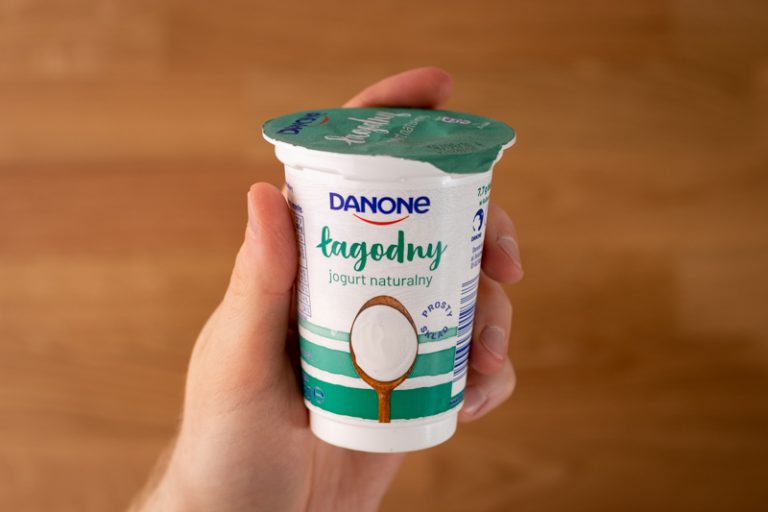Does Butter Go Bad?
Almost all of us use butter every day. We often buy it in bulk and put in the back of the fridge, or in a compartment we hardly ever open. And it sits there untouched for a few months until you accidentally stumble upon it.
The butter is past the date on the label, and now you wonder: does butter go bad? How can you preserve it for longer? Can you freeze it?
Similar questions come up often, and this article is here to answer them. If you’d like to learn more about storage, shelf life, and going bad of butter, read on.
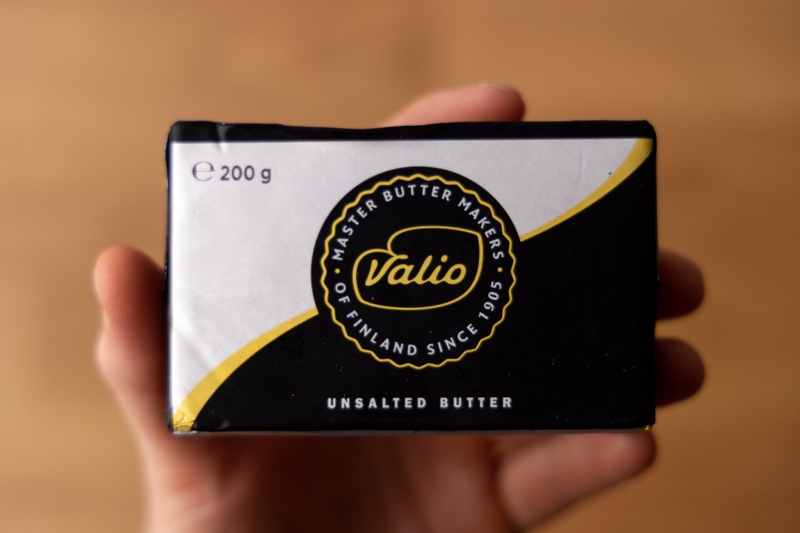
How To Store Butter
Most dairy products, like buttermilk, sour cream, require refrigeration. With butter, it’s a bit more complicated than that.
Generally, the fridge is the best place for long-term storage of butter. However, it’s much easier to use butter as a spread when it’s at room temperature.
Fortunately, there’s an easy way to eat the cake and have it too. The way to go about this is to use a butter dish. You cut a portion of the butter and put it in a butter dish, which you store on the counter.
Interested in learning more about the popular butter alternative margarine? Check out my article titled “Does margarine go bad?“.
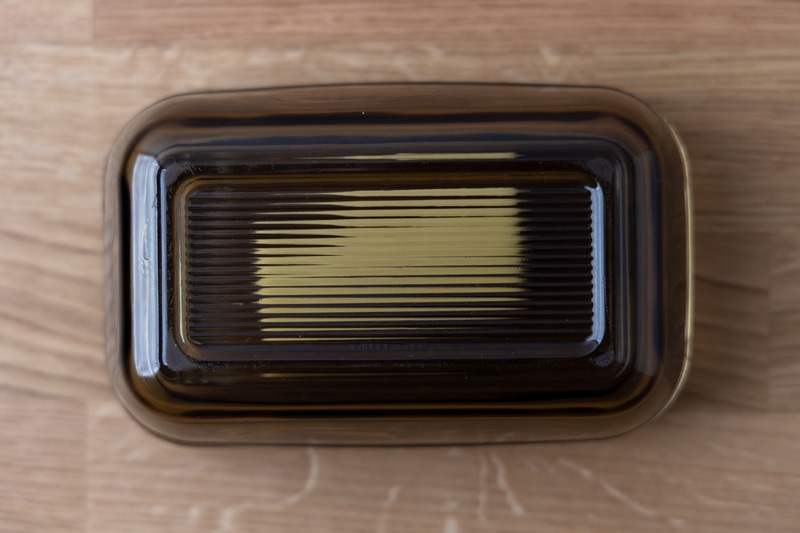
Also, make sure the butter dish doesn’t sit in a place where the temperature fluctuates, as the quality degrades quickly in such an environment.
You keep the rest of the stick in the fridge, tightly sealed with its original wrapping. If the original wrap isn’t quite intact, put it in a freezer bag for extra protection. A good seal makes sure the dairy product doesn’t pick up odors from other products and doesn’t oxidize that fast.
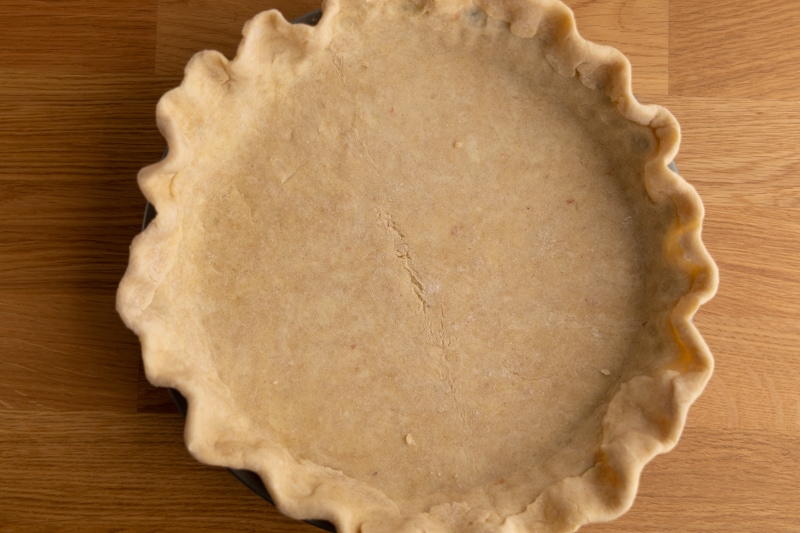
Can You Freeze Butter?
If you’ve bought way more butter than you can use, freeze it. In most cases, you will freeze butter for at least a few weeks, and such a period calls for some additional protection against freezer burn.
The easiest way to go about freezing butter is to put a stick or two inside a freezer bag and toss it into the freezer. Make sure to squeeze as much air from the bag before sealing it.
Alternatively, you can use airtight containers. Keep in mind that they both take more space and allow additional air the container, which might contribute to freezer burn. If possible, go with resealable freezer bags.
If you’d like to read more about freezing this dairy product, check out our guide to freezing butter.
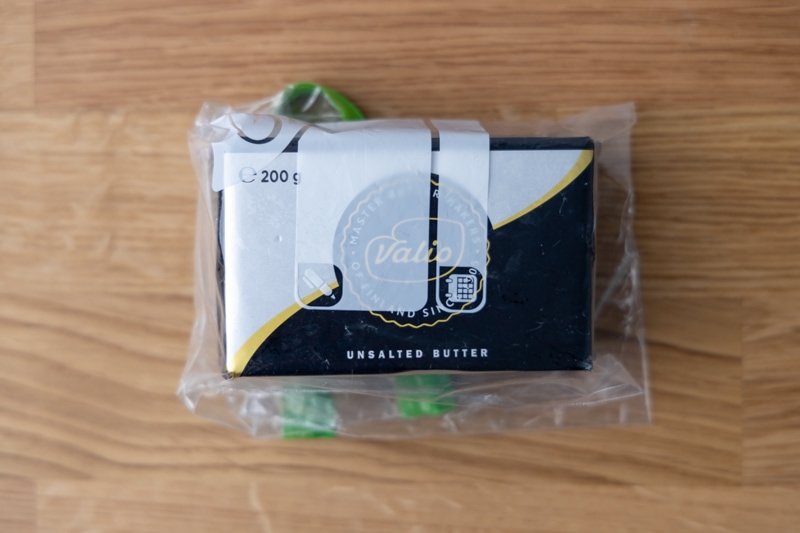
How Long Does Butter Last
Let’s start with butter stored at room temperature in a butter dish.
Such butter deteriorates quite quickly, so make sure you only put in the dish as much butter as you use within 2 to 3 days. Generally, after more than 5 days the quality is usually awful and the butter gross.
The given period is only an estimate. It depends on many factors, like the average temperature in your kitchen, temperature fluctuations, or how often you use the butter.
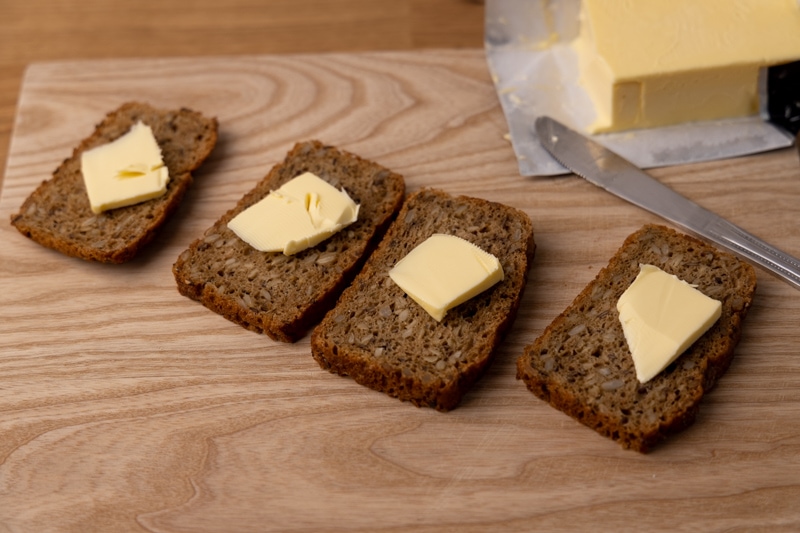
Butter usually comes with a sell-by date on the label. That date isn’t an expiration date by any means. It’s mostly a recommendation for how long the butter can sit in the refrigerated section of the store.
Generally, butter retains freshness for at least 3 to 4 weeks past that date, maybe even more.
Salted butter generally retains quality for longer than its unsalted counterpart.
If you’re afraid your butter will sit in the fridge for too long, freeze it.
| Kitchen counter | Fridge | |
|---|---|---|
| Butter (unopened or opened) | 2 – 4 days | Sell-by + 1 month |
Please note the periods above are estimates and for best quality only.

How To Tell If Butter Is Bad
You know your butter is spoiled if:
- It smells sour, rancid, stale, or cheesy. Basically any distinct smell that doesn’t yell “butter” means it’s off.
- There are discolorations or mold on the surface. Mold rarely forms on butter, but if you can spot any, that’s a sure sign you should throw that stick of butter away.
- The texture has changed. Butter is solid, and difficult to spread when your keep it refrigerated. If yours has become soft, or started to separate, get rid of it.
If you’re about to use butter that’s a few weeks past the sell-by date, make sure it’s okay before doing so.

Since butter contains quite a lot of fat, it’s prone to oxidation. I’m sure you’ve seen butter with its surface oxidized before. Any time you cut a slice of butter and the inside is brighter than the outside, it’s the result of oxidation.
Partial oxidation doesn’t mean the butter is spoiled, but its quality is definitely lower. If only the surface area is oxidized, you can always cut it out and use the rest.
If you notice that the layer of slightly-darker yellow is quite thick already, discard the whole thing.
Last but not least, if the butter sits in the fridge for way too long, like 2 months past the date on the label, just toss it out. Yes, even if it looks and tastes okay.
A stick of butter doesn’t cost an arm and a leg, and it doesn’t make much sense to risk foodborne illness.
Rotten Records: Share Your Snap!
Caught some food past its prime? Upload your photo to “Rotten Records” and help others spot the signs of spoilage. Every image makes our food community safer and more informed!
